Why Your Live Guitar Tone Sucks and How to Improve it
Author: Scott Masson
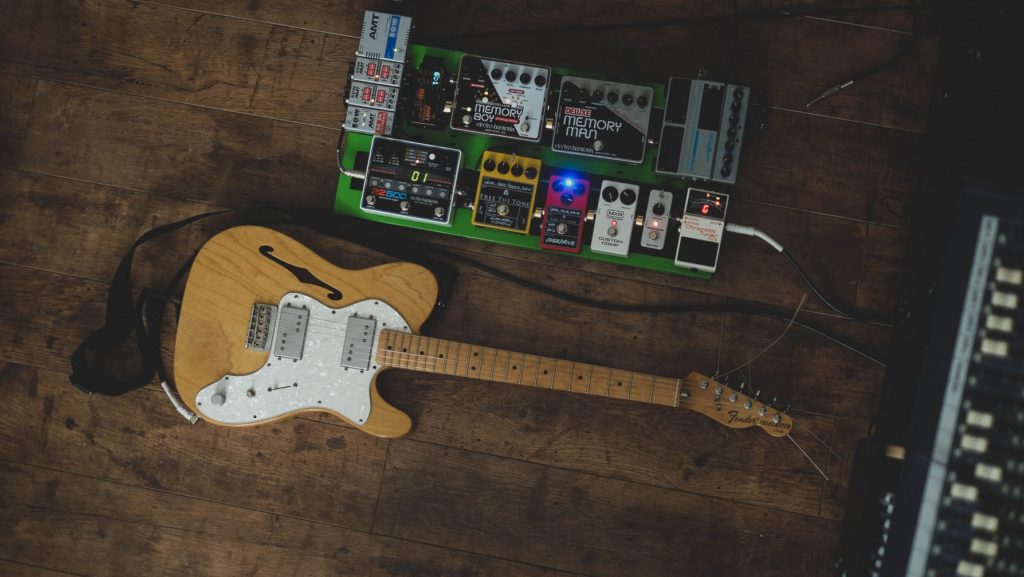
Table of Contents
Things I’ve learned from playing all sorts of venues from large outdoor festivals to 100 capacity clubs. Concentrating on EQ, finding appropriate freq ranges and making sure your guitar cuts through the mix.
by Scott Masson
Have you ever spent ages tweaking your rig and fine tuning your tone until it sounds exactly how you want it, only to take it to a gig or band rehearsal and find that your sound has completely disappeared from the mix?
Have you ever bought a fancy new distortion pedal to give your solos an extra kick but found that, if anything, it makes your guitar seem quieter?
Have you ever seen a fan post a video of last night’s gig and excitedly clicked on it, only to find that your guitar sounded like some sort of rumbling fart box?
If any of these apply to you, you’re not alone. In the 7 years I’ve been a professional, gigging musician I’ve lost count of the number of times I’ve seen bands with guitar sounds that are muddy, ear piercingly shrill or just don’t cut through the mix.
From support bands playing their first show to established, touring acts it seems that no guitarist at any level is immune to bad live tone.
While a large part of live sound inevitably comes down to the room, the PA system and the sound engineer, there are still a lot of things you can do with your own rig to make sure that your guitar sounds as good as possible on stage.
Here are five of the most important ways to improve your live tone.
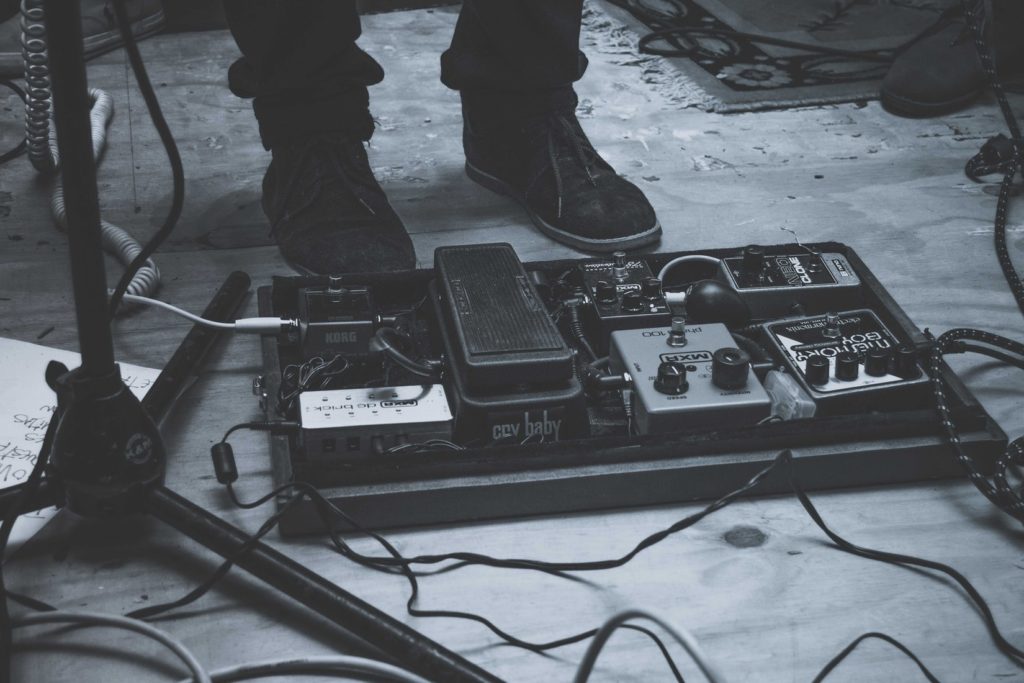
Nail Your Frequencies
The single most important thing you can do as a guitarist is occupy a frequency range that not only suits your sound, but complements the whole band mix.
Guitars are mid range instruments; in a full band mix they sound best when occupying a fairly narrow band of frequencies within that mid range – usually around 400Hz to 5kHz.
If you or your audience struggle to hear yourself clearly above the bass and drums in live situations, you’ll likely benefit from dialing up the mids on your amp. This is a particularly common problem in metal, hardcore and heavier genres of music, where the “mid-scooped” sound is very popular.
This excellent video from CS Guitars perfectly demonstrates why occupying the mids is so important:
That throatly growl you think of when you imagine a power chord ringing through a cranked Marshall stack comes primarily from the 600-800hz range.
Very few guitar amps have full graphic equalizers on them, which makes finding this sweet spot more tricky. While the mid knob on your amp will do a good job of making that essential frequency range more pronounced, a good EQ pedal will give you much more tone sculpting options.
Find Your Cab’s Sweet Spot
For many guitarists, mic’ing up their rig for live use consists of shoving an SM58 in front of a speaker cone and hoping for the best.
As anyone with any sound engineering experience will tell you, mic placement, angle and distance all have an enormous effect on your tone. Unless you’re playing tiny bar shows, the audience will primarily be hearing your mic’ed up guitar tone through the PA, so it is incredibly important that you make sure that the microphone capture is good.
The best way to do this is to experiment yourself. Bring your recording set up down to the rehearsal room and record various mic placements and angles to find the one you like the best.
It’s also well worth testing all of the speaker cones on your cabinet, as they will age and deteriorate at different rates, therefore sounding different.
Once you’ve found the cone, placement and angle you like the best, mark that spot on the cab with tape and take a picture of the mic so that you can recreate the angle and distance at your next gig.
Keep Your Stage Volume Down
A lot of guitarists are guilty of being excessively loud on stage. While it’s easy (and fun!) to crack your 100W tube head until your bones are shaking, you’re not only making the sound engineer’s job harder, but you’ll also be impacting your own sound and that of your band.
For the sound engineer, excessively loud guitars will bleed into the vocal drum mics, which for you means that your signal will be mashed up with the reverb and EQ put on those channels.
As well as this, it makes monitoring for your band mates much more difficult, which usually leads to “volume wars” between band members in order for them to hear themselves.
When it comes to high wattage tube amps, they unfortunately sound at their best when driven quite hard, which can make it difficult to achieve a moderate stage volume.
There are some tools at your disposal to help however:
Attenuators are a great tool, designed with exactly this issue in mind. An attenuator sits between your amp and cabinet and reduces the overall output going into the cab. This means you can drive your valves harder without deafening everyone.
Low wattage guitar heads are also great for this. These days no one really needs huge 100W stacks as modern PAs do all the hard work. Therefore 20-50W valve amps are usually a much more practical live tool and hit that sweet spot at a much more reasonable volume.
Use Less Distortion
Distortion compresses your signal, which is why stepping on a distortion or overdrive pedal can result in a perceived drop in volume.
For most guitarists this is contrary to what they want, as they’ll be using dirt pedals to boost a solo or chorus section.
This is particularly true of fuzz pedals, which tend to have less mid range frequencies. Pairing a dirt box with an EQ pedal to sculpt the tone is one popular way of dealing with this, but a much simpler approach is to use less overall distortion.
Not only will your playing be more clear and cut through the mix better, but your volume will stay more consistent throughout the different sounds you use.
For solos and lead parts, EQ pedals or a cocked wah can often be enough to add extra sizzle and give you the boost you need. Otherwise, using treble boosters or Tube Screamers with the gain rolled down and the output dimed can also be a great way of driving the front of the amp harder to achieve searing lead tones.
Angle Your Backline
Guitar cabinets are extremely directional, meaning that they blast sound towards one specific area.
Using this knowledge tactically can help you both in terms of monitoring and ensuring you get a good front of house mix.
Often, the sound desk will be front and center of the stage, as well as elevated to around the same height as the stage. In smaller venues, this can mean that your cabs are pointing directly at the sound engineer. As a result, they get a warped idea of how loud the guitar is for the rest of the audience.
By angling your cab so it isn’t pointing directly at the sound guy, they’ll be able to mix the band in a way that will sound better through the PA.
Additionally, most guitarists have their cabs on the floor. Unless you’re playing through a full stack, this means that most of the volume from your backline is being blasted at the back of your legs.
Wherever possible, elevating the guitar cabs can result in you being able to hear your amp much better, meaning that you can use your fold back monitor to be able to clearly hear your bandmates.
Beer bottle or milk crates are great for this, and if you’re using a smaller combo amp you can even use a sturdy keyboard stand.
There are many more tips on live sound and guitar tone scattered throughout our free blog. Please take a few minutes to search for the topic you want help on as we may have an article on it! Otherwise, you can take a look at some of our more recent articles like “What is travis picking?”, words and chords for jingle bells, and some cool beginner progressive riffs.
About the Author
Scott Ronald is a multi-instrumentalist and composer who has been a touring musician for the best part of a decade. Having worked both as a dep musician and in his own bands, he has played venues all over Europe, from 4,000 capacity halls to tiny dive bars and house parties.
He is also the editor of GuitarGearHeadz, a website dedicated to reviewing and comparing guitars, amps and effects to help buyers make informed choices.



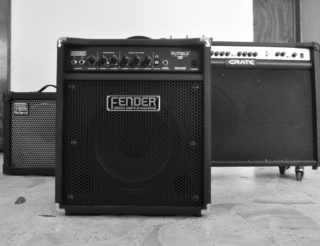
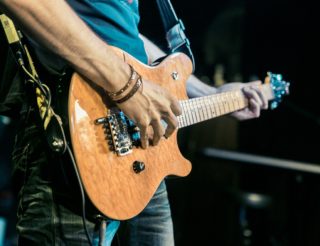
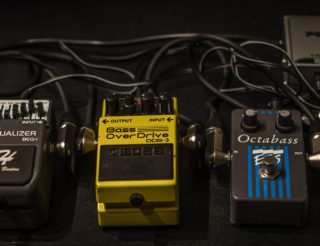


No comments yet - be the first.